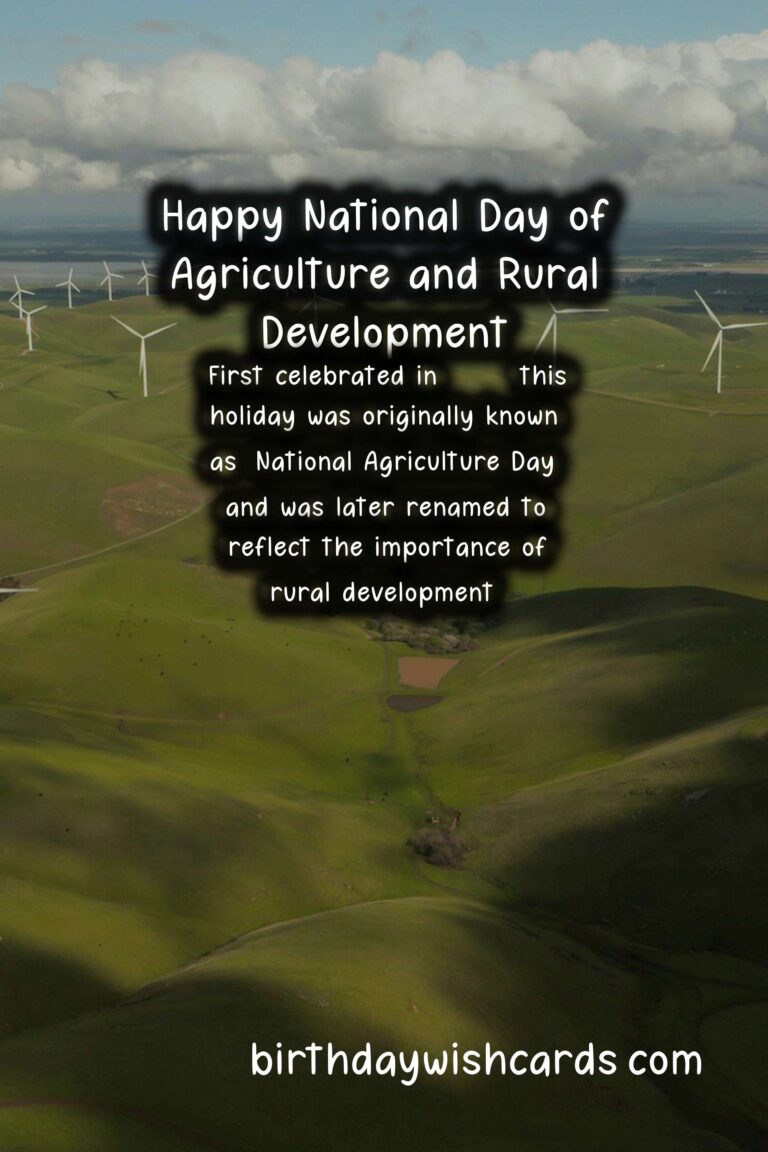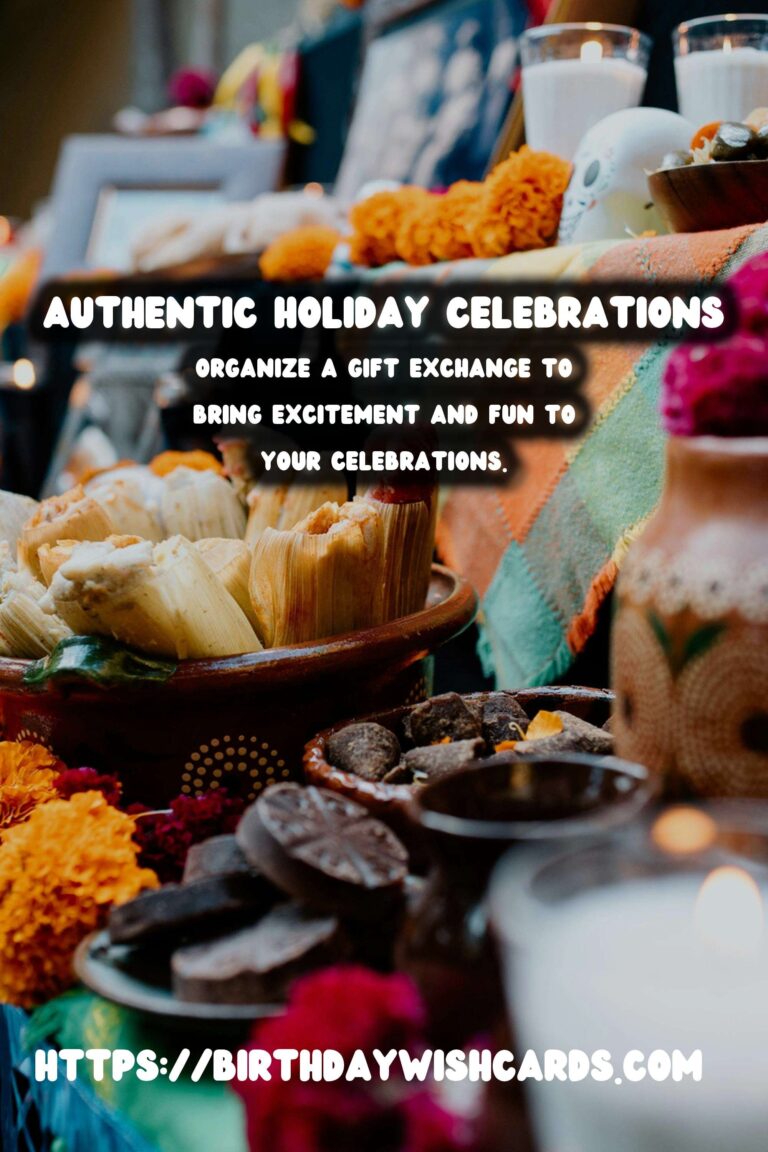Unique Ways to Design Your Festival Planning Guide
Unique Ways to Design Your Festival Planning Guide
Planning a festival can be a daunting task, but designing a comprehensive festival planning guide can simplify the process. In this article, we will explore unique and creative approaches to developing an effective festival planning guide that ensures a successful event.
1. Define Your Festival Theme
The first step in creating a festival planning guide is to define the theme of your festival. This will provide a foundational framework for the guide.
2. Create a Checklist
A well-structured checklist is essential. Include sections for tasks, deadlines, and responsibilities to keep everything organized.
3. Develop a Timeline
Having a detailed timeline helps visualize the schedule. Break down tasks into daily segments to ensure everything is on track.
4. Budgeting and Financial Planning
Include a budgeting section in your guide to track all expenses and income sources. Consider different financial scenarios to prepare for any eventualities.
5. Venue Selection
Selecting the right venue is crucial. Provide options and criteria for evaluating potential venues, including capacity, accessibility, and amenities.
6. Vendor and Supplier Coordination
Collaborating with vendors requires organization. Create a database of suppliers and their contact details to streamline communication.
7. Permit and Insurance Details
Add a section for permits and insurance requirements. This is critical in ensuring your festival complies with local laws.
8. Marketing and Promotion Strategies
Your guide should include a marketing strategy that outlines how you will promote the festival through social media, email marketing, and other channels.
9. Engage the Community
Involving the local community in your festival planning can enhance the event’s success. Provide ideas on how to engage residents and local businesses.
10. Sustainability Practices
As environmental concerns grow, outline sustainability practices in your guide. This could involve waste management strategies and eco-friendly materials.
11. Create a Communication Plan
Develop a clear communication plan for all stakeholders involved in the festival. Ensure everyone knows their roles and how to communicate with one another.
12. Safety and Security Measures
Incorporate safety measures into your planning guide. This includes security protocols for attendees and emergency plans.
13. Feedback Mechanism
Implement a section for feedback to evaluate the festival’s success. Collecting insights can help improve future events.
14. Post-event Review
Finally, don’t forget to plan a post-event review. This will help assess what worked and what could be improved for subsequent years.
Conclusion
Designing a festival planning guide involves creativity, organization, and strategic thinking. By implementing these unique ways, you can ensure your festival runs smoothly and leaves lasting memories for all attendees.
Planning a festival can be a daunting task.
Designing a comprehensive festival planning guide can simplify the process.




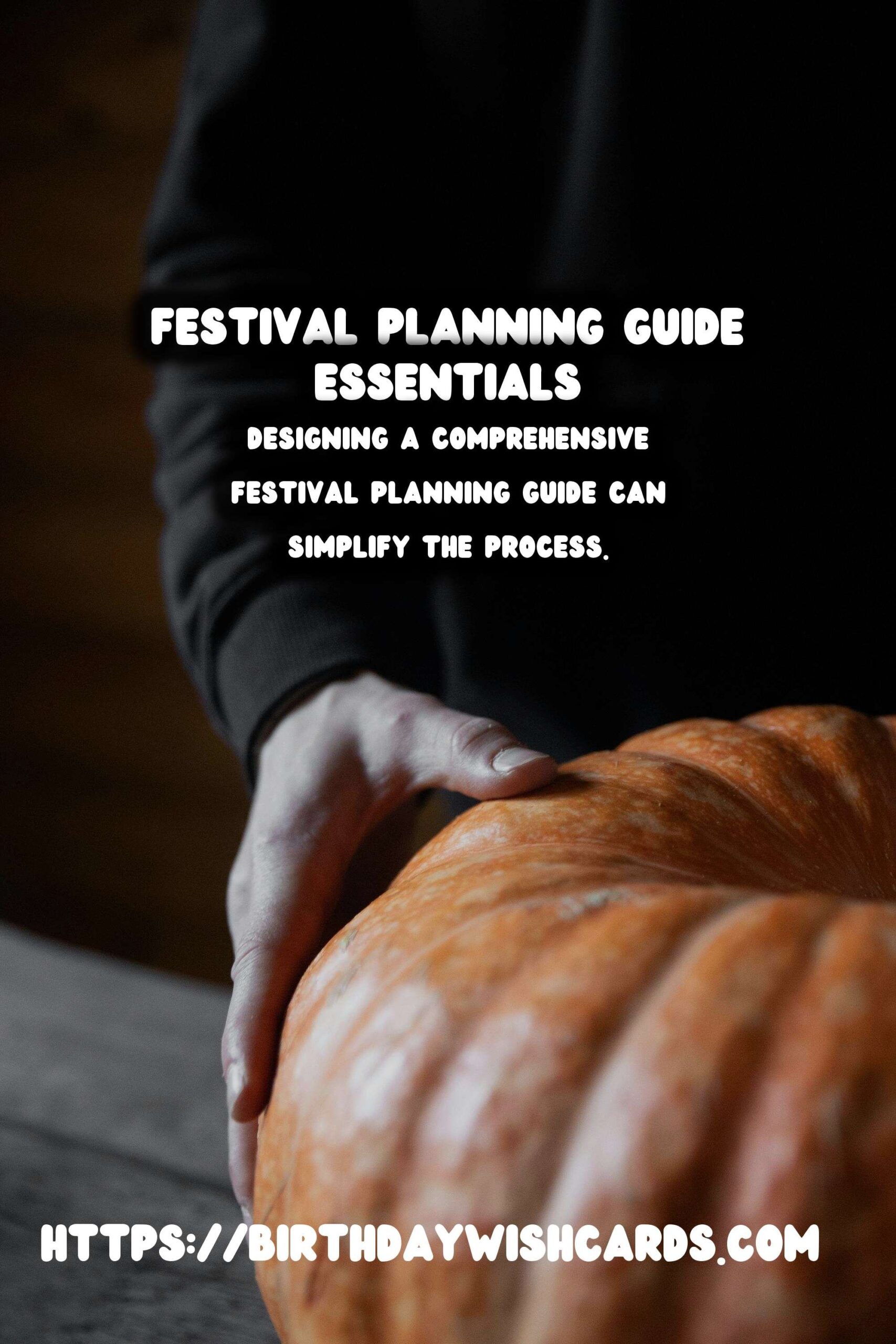

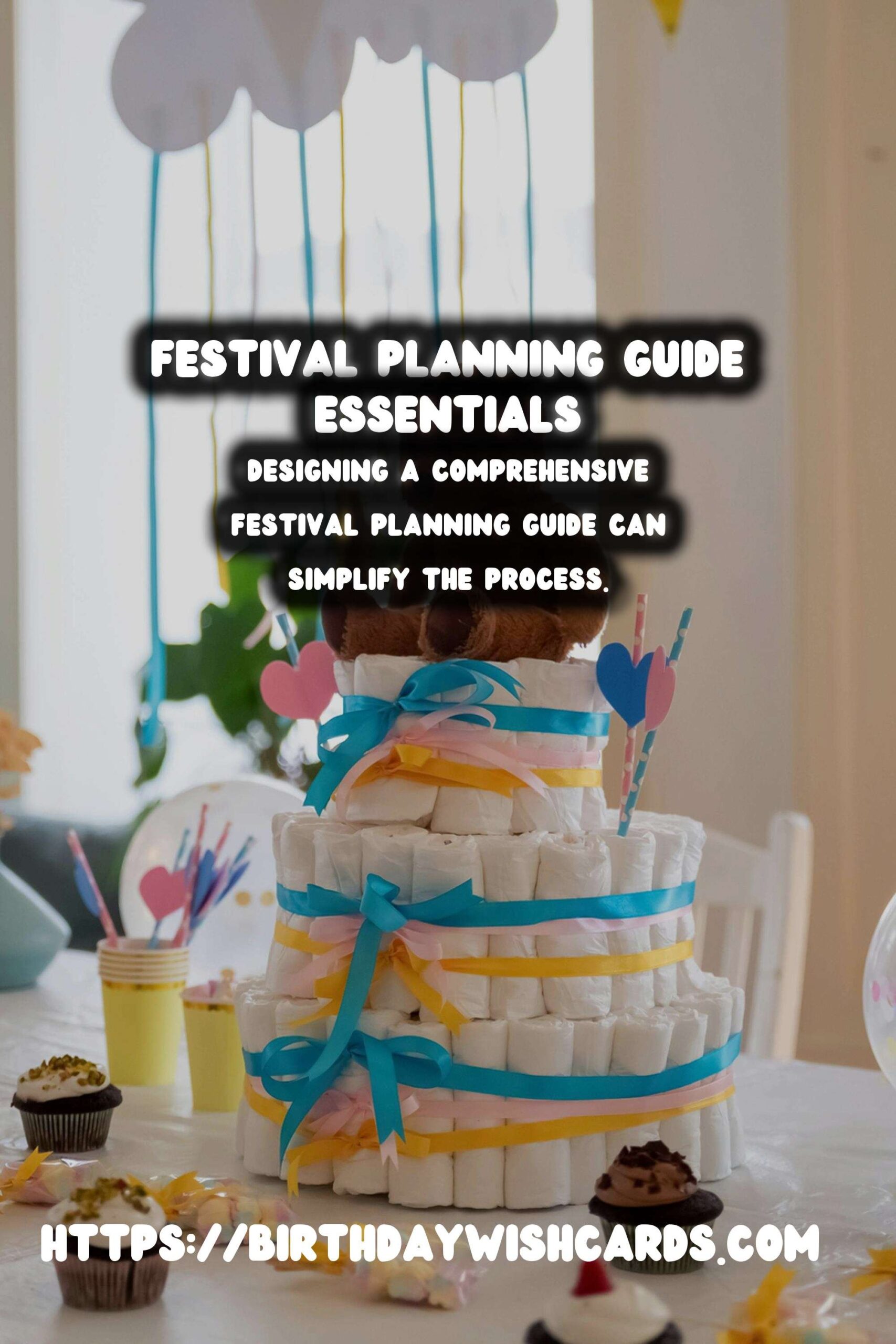

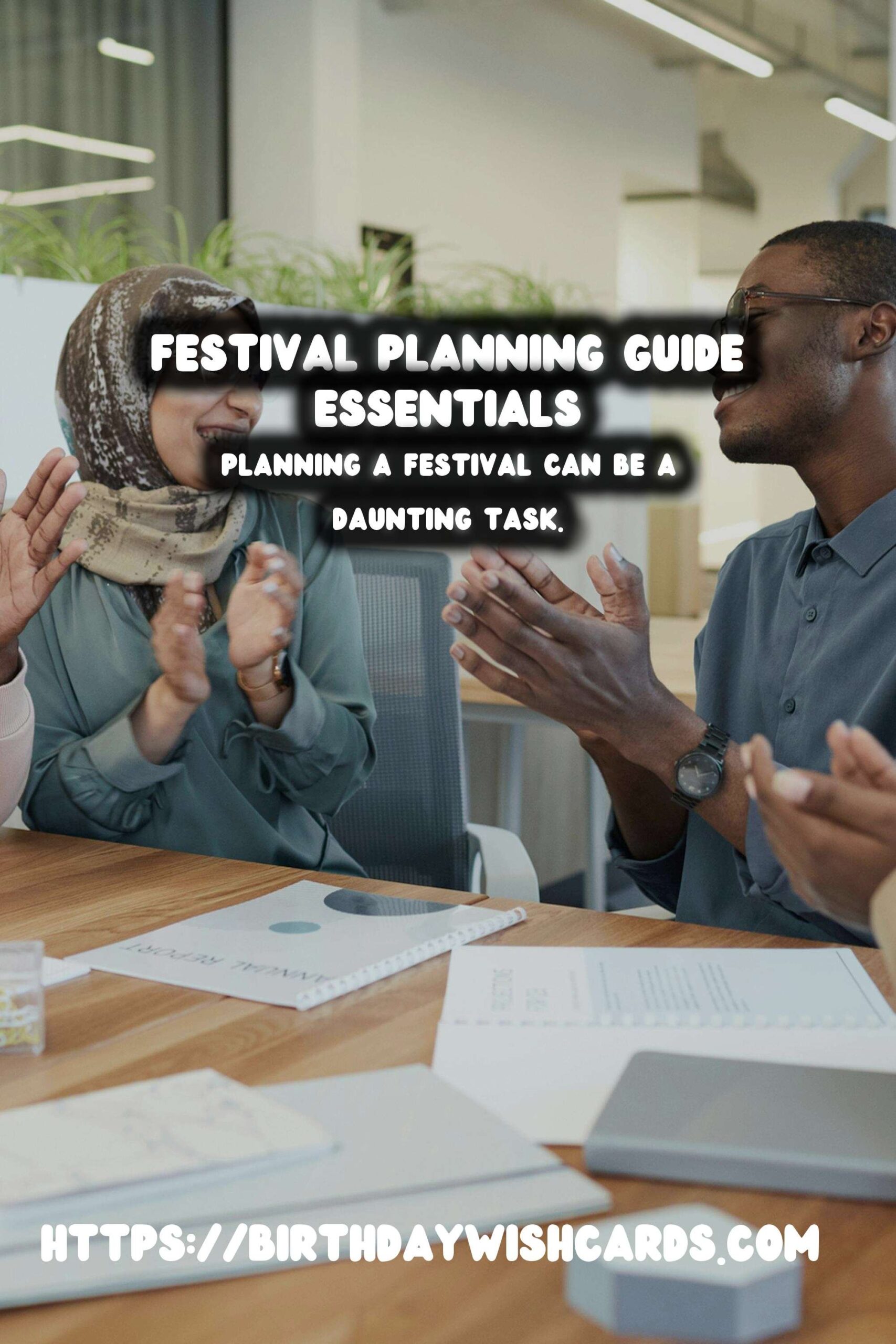

#FestivalPlanning #EventManagement

